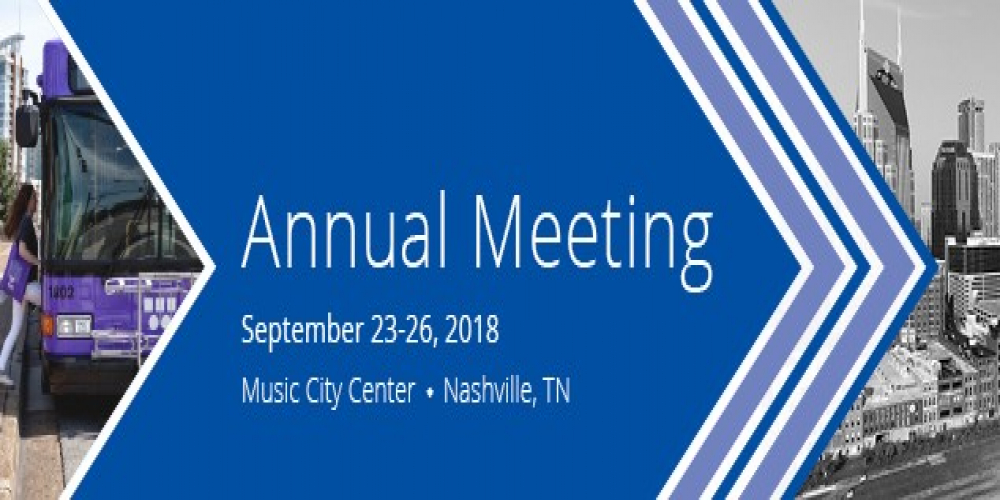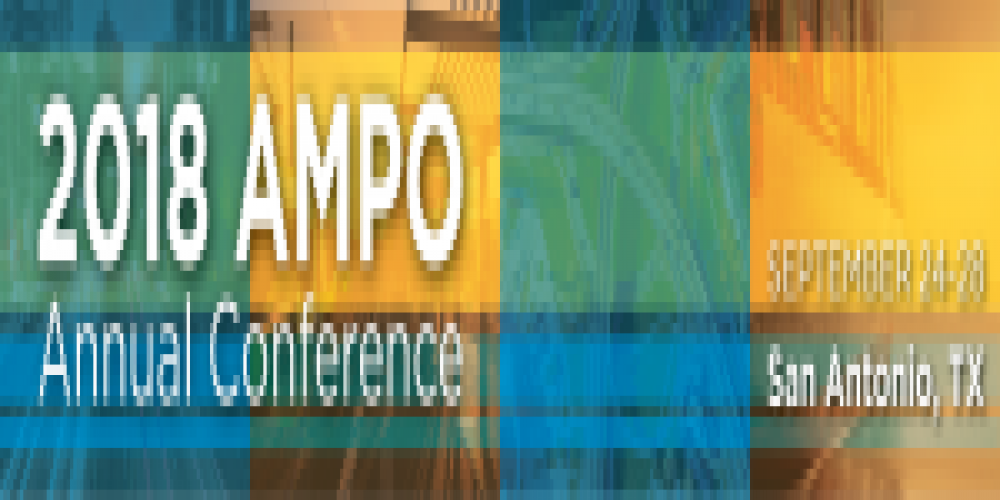Archive
Spatial data is at the core of transportation analysis. Land use patterns, including the density of jobs and homes, and the locations of transportation infrastructure, such as stops, stations, and intersections, are frequently used to answer transportation planning questions. It is often useful to generate metrics at for a geographic zone. Not only does this allow for mapping and visualization, it often reflects the way that people use a transportation system – while a bus stop or rail station is located at a single point, passengers access it from the surrounding zone. In multi-modal analysis, considering zone-to-zone rather than point-to-point travel allows performance and accessibility assessments to compare or combine different modal options that serve the same areas.
EDR Group and its parent EBP are involved in Community Choice Aggregation (CCA) in California, Massachusetts, cities in Switzerland and other European cities. We monitor and participate in a range of CCA efforts.
This fall, Hurricanes Florence and Michael presented a story that is sadly familiar. Disaster strikes, the waters recede and reveal the damage. A national conversation on resilience ensues. Will we be prepared next time? Can we be stronger than the storm? In adapting our infrastructure for a changed climate, the impetus for action is clear. However, translating resilience from buzzword to action is a generational challenge for planners. Understanding the history and meaning of the concept is a good place to start. Here goes.
Tags:
#Resilience
In September, I attended the APTA Annual Meeting in Nashville, Tennessee. Following the defeat of Nashville’s transit referendum in May, the local transit agency is pressing ahead by investing in its bus fleet and changing its name to “WeGo”—a brand that speaks to transit’s role in building community.
Resilience has emerged as a significant consideration in developing long-term transportation plans in response to US DOT’s Climate Change and Resiliency initiatives. The focus has been on hardening existing and planned infrastructure and assessing risks and recovery for key elements of the transportation system. These efforts have focused on facility and human vulnerabilities, and on operational recovery. However, as we have seen repeatedly, identifying “vulnerability” and assessing resilience and recovery for populations often ignores the unique needs, resource deficits and challenges faced by low-income and minority populations.
In 2018, communities in six states are leveraging their buying power for electric supply through Community Choice Aggregations (CCAs). What’s new in this 20 year phenomenon is electric supply bids increasingly include renewable components at the same or lower rates than utility basic service rates.
Uncertainty was a common theme at at AMPO’s annual conference, held in September in San Antonio, Texas. It was an opportunity to share strategies for dealing with an uncertain transportation future, ranging from scenario planning to collaboration and data-driven and technical solutions.
Scott Middleton is the newest member of the EDR Group team. Before joining, Scott worked as an analyst and planner at the U.S. Department of Transportation’s Volpe National Transportation Systems Center and completed graduate studies at MIT. At MIT’s Department of Urban Studies and Planning, he completed a master’s thesis that investigated rider behavior and preferences in on-demand ride services (e.g., Uber, Lyft, Waymo). He plans to contribute to EDR Group’s growing body of work in this exciting new discipline.
On August 8th and 9th, I had the opportunity to attend the 2018 National Household Travel Survey Workshop (NHTS) in Washington, DC. I presented a poster called Evaluating Alternative Transportation Revenue Regimes Using the NHTS Transferability Statistics, based on work EDR Group has done for the Western Road User Charge Consortium (RUC West). This NHTS data product from the 2009 survey allows us to estimate the travel behavior of households at a census tract scale across the U.S. To date we’ve examined 10 states to understand how revenue-neutral conversion from a gasoline excise tax to a road usage charge would affect different groups of households.
Tags:
#road usage charge
#NHTS
I recently participated in a workforce roundtable at The Council for Community and Economic Research's (C2ER’s) annual conference in Atlanta. C2ER is a membership organization comprised of economic researchers and data providers from the public, private, and nonprofit sectors. This year’s conference theme was “RISE: Resiliency, Innovation, Skills, Equity,” which inspired me to present on workforce data and how it can be used to find job opportunities for people who don’t have a college degree.
Tags:
#workforce
#Conference









